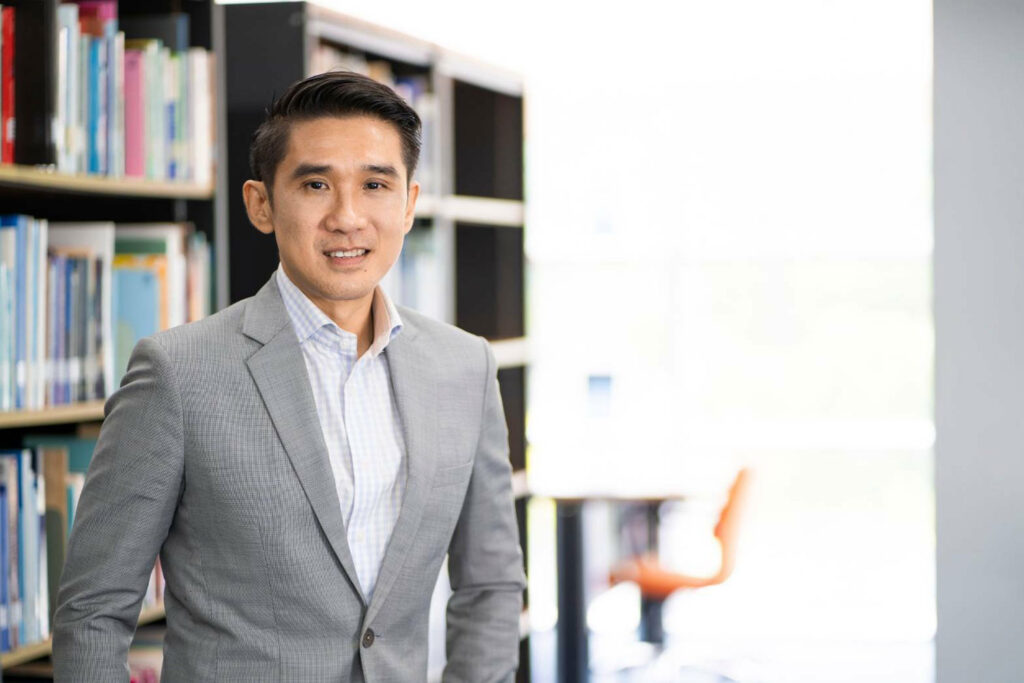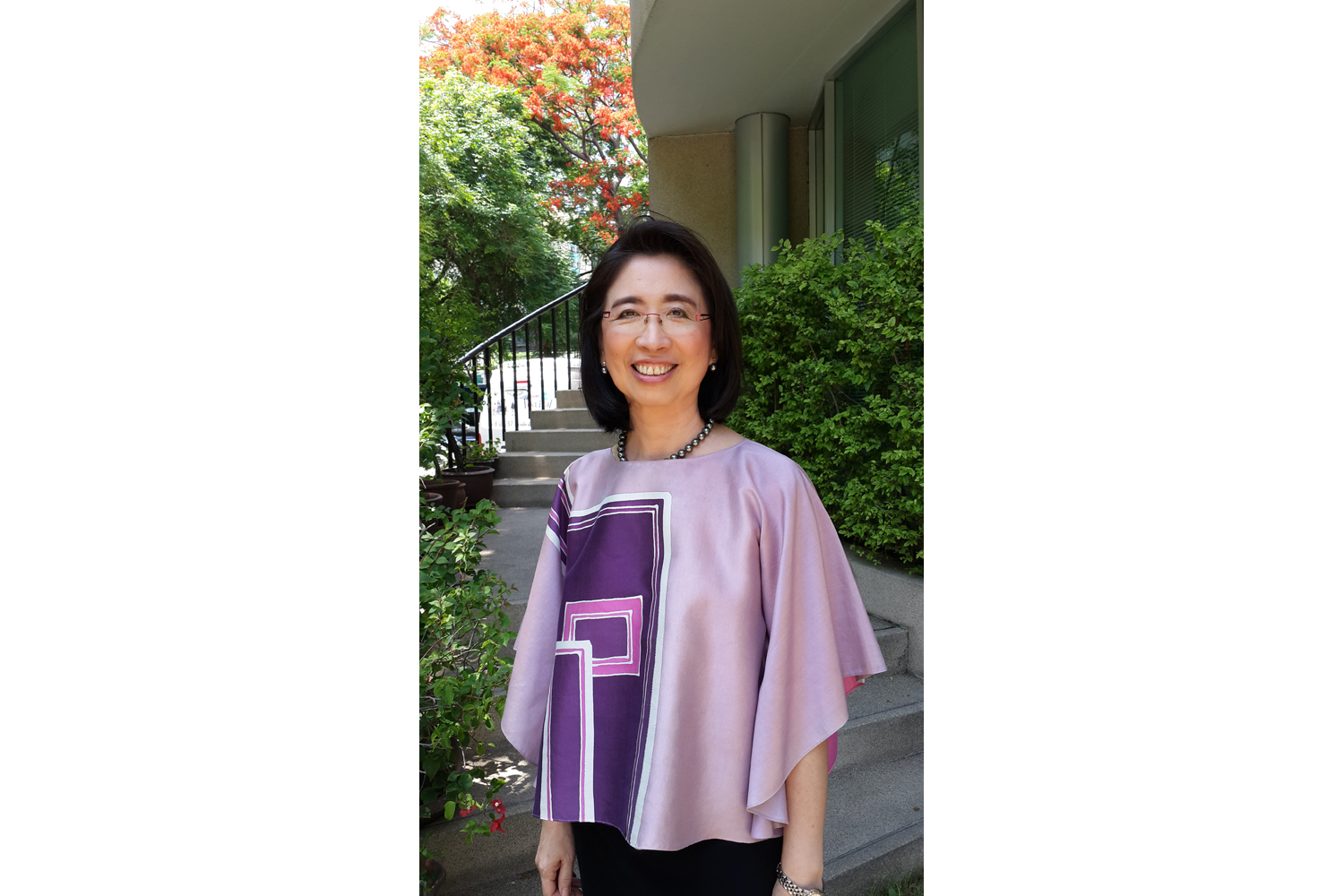PUBLISHED : 29 MAR 2022 AT 09:06

Assoc. Prof. Dr. Bhubate Samutachak from Institute for Population and Social Research, Mahidol University
All-out efforts are being made to reopen Thai schools, despite the resurgence of COVID-19.
On 2 February 2022, the Ministry of Education organised a consultation with the Ministry of Interior and the Ministry of Public Health to discuss the protocol for reopening schools. The tone of the dialogue sounded as though classes would resume ‘at all costs’ in response to the Prime Minister’s campaign to ‘bring kids back to school’ (par-nong-klub-ma-rian). This focus attempts to halt the increase in out-of-school children (OOSC) from two years of COVID-19 school closures.
Ministry of Education figures reveal that 238,707 students dropped out of school in 2021. By taking proactive measures, the Ministry was able to lure 127,952 of them back to the classroom—roughly half of the total.
Thailand has long lacked clarity on the exact number of OOSC. In 2019, the World Bank claimed that 1.72% (9,3542) of primary school-aged children were out of school. The Thai government’s recently created Equitable Education Fund (EEF) reports that between 670,000 and 800,000 children in 20 of Thailand’s 77 provinces are out-of-school. Out-of-school means out of the government tracking system, which also means that it is difficult to identify and assist OOSC—especially since many live in dire poverty.
While the 2016 Constitution obligates the government to provide 12 years of free education for all children, hidden expenses remain to be borne by parents. These include the cost of transportation, school supplies, lunch, uniforms, etc. Together, these create a significant burden for families and contribute to children dropping out. And while OOSC have long been a problem in Thailand, COVID-19 has fanned the flame.
No parent would deny the importance of education. Nonetheless, children’s education was often one of the first things to be cut during the economic crisis prompted by the pandemic. This was particularly true of middle-to-low and low-income families.
Nork, a 43-year-old tourist motorcycle driver in Pattaya, shared, “I had to ask my son to pause his studies for a while. He was in his second year at a local vocational school, but my daughter was in her last year of college. I simply didn’t have enough money for both of them to study. I had to pay her tuition from my savings because my job is now gone”. A difficult choice for a father hoping for the best possible outcome for his family; an even more difficult choice for the son and the daughter to live with.
Mon, a 43-year-old female barber in a flea market in Bangkok, said, “My two sons are in public school. The tuition is free, but if they go to school I have to give them at least 200 baht for the bus and lunch. The market is on and off. It is hard to tell if I will make any money today. I think I’d better save the money [and not send my sons to school].”
Waan, a 41-year-old mother of two daughters and the owner of a small street restaurant in Chiengmai, revealed a similar tragic quandary: “I have two daughters. Before, they both went to a private elementary school in town. With business being slow, I couldn’t afford the private school anymore. I only knew that I had to move them to a less expensive school, but I haven’t found one yet. still don’t know where.”
In 2021, around 7.3 million students were enrolled in the Ministry of Education’s online learning system. About 1.2 million or 20% are from severely poor families. Roughly half of them (54.8%) are in the North-eastern region, while 19% are in the South, 17% in the North, 7% in the Central region, and 2% in the East. These children are those most at risk of not returning when the school gates reopen. Chronic poverty—present before the pandemic and aggravated by COVID-19’s impact on parents’ livelihoods—thus adds insult to injury.
If the pandemic continues (a possibility no one can discount), a more flexible strategy to identify these children and provide innovative education outside school is desperately needed. Losing touch with these children will lead to a serious, non-medical form of long COVID that will decimate the human resources of the future and impede Thailand’s plans to escape from the middle-income trap.



